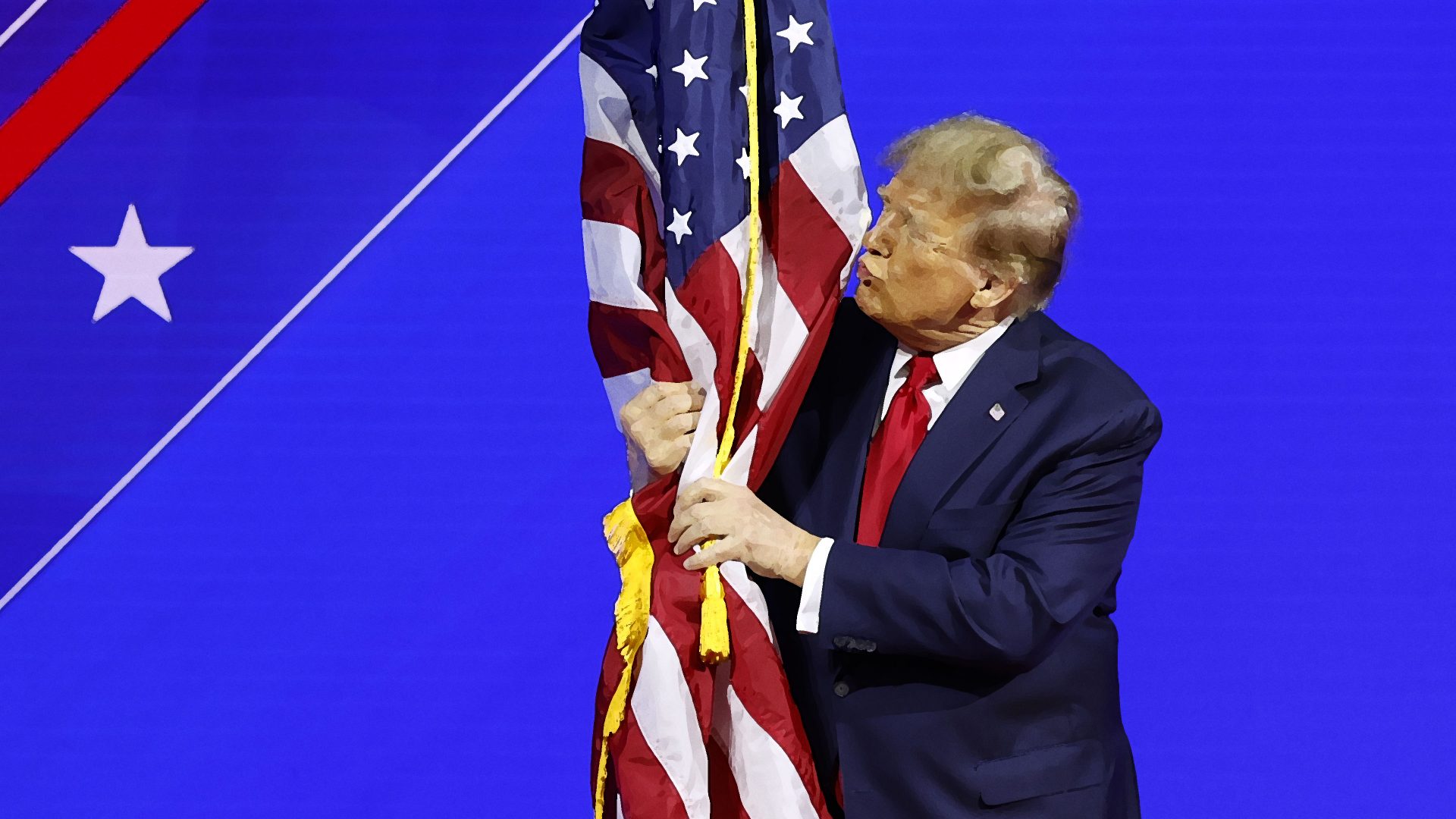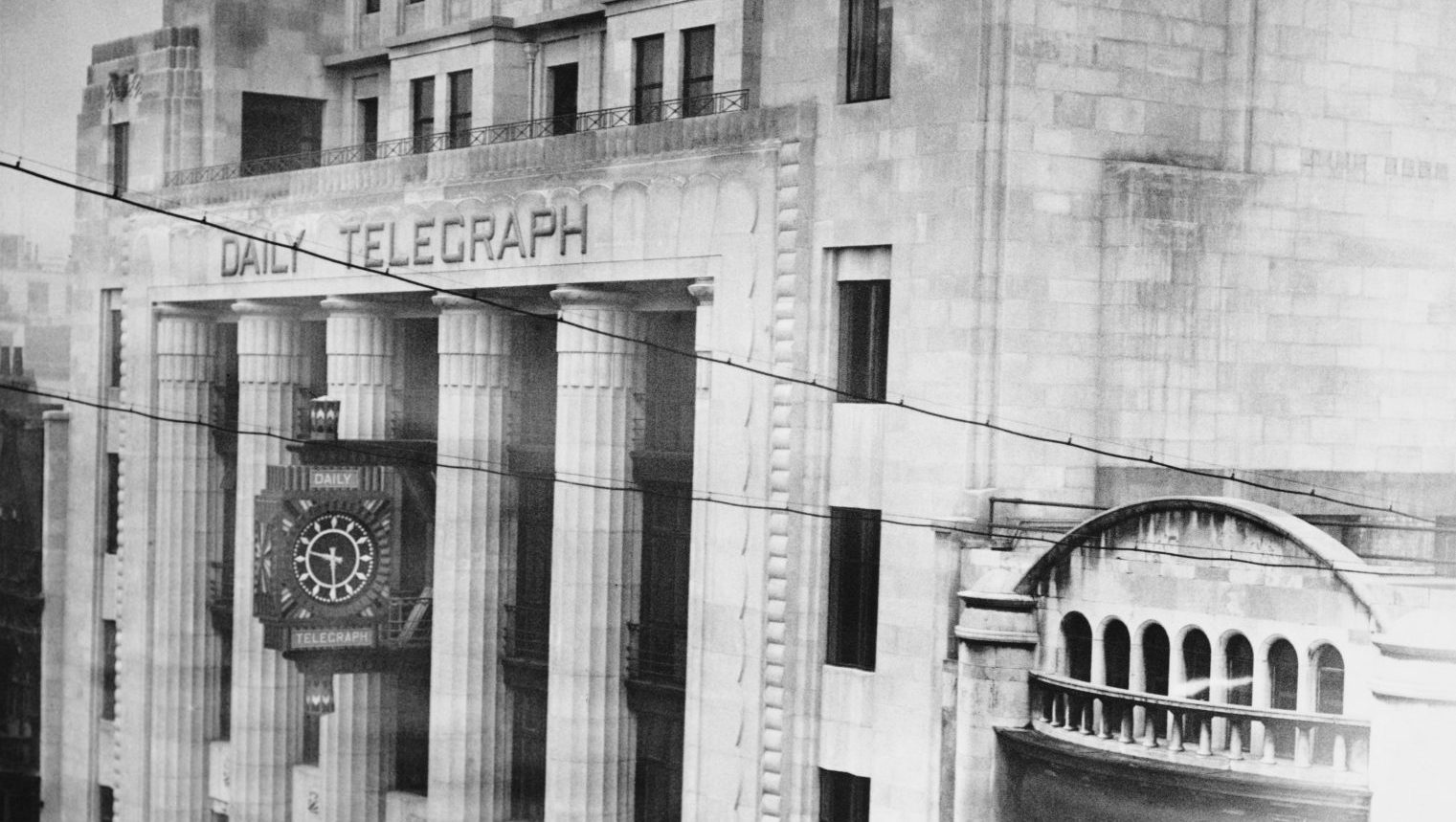Last week, former prime minister Liz Truss flew to Maryland to tell a far right American audience that it “felt safer for the west when Donald Trump was in power”. Which is strange, because in 2020, when Truss was international trade secretary, Trump threatened to leave Nato, the security alliance on which Britain’s entire national security depends.
And earlier this month Trump told an election rally that he would encourage Russia to do “whatever the hell they want” to a Nato ally in eastern Europe, should it refuse to increase defence spending.
Because America’s Nato membership is the subject of a treaty, which would require Congressional approval to cancel, it is unlikely that Trump could formally walk away. What defence planners are now actively preparing for is the possibility that, like France in the 1960s, the US pulls out of the Nato command structures; and that a second Trump administration might pull US troops from their European deployments, while pressuring Ukraine to sign an adverse peace deal with Russia.
It should be clear, then, that a Trump victory in November would pose an existential security risk to the UK. As a founder member of Nato, and one of only two nuclear-armed powers in Europe, Britain would face an unenviable set of strategic dilemmas.
Should we go on supporting Ukraine, regardless of a Washington cave-in? Should we attempt to salvage Nato by assuming even greater leadership responsibilities than at present (where we traditionally command the Allied Rapid Reaction Corps)? And could we afford the defence spending required to take the strain, with European allies, if Trump walked away? Would saving Nato even be possible under these conditions?
Unfortunately, the answer to all these questions has to be “yes, whatever it costs” because without Nato Europe is just a collection of mid-ranking states, just waiting to be picked off by Russian hybrid aggression. And unfortunately for Keir Starmer, he is the politician who may have to confront such questions within weeks of assuming power.
Whether Trump wins or not, the scale of the task of arming Ukraine and rearming Europe’s militaries simultaneously has prompted an urgent discussion about finance. Estonian prime minister Kaja Kallas has proposed that the EU issue a €100bn “eurobond” to fund rearmament, finding support from President Macron, EU president Charles Michel and internal market commissioner Thierry Breton.
Though Article 125 of the Treaty on the Functioning of the EU technically forbids the issue of joint debt, governments found a way around this in 2020, during the Covid pandemic and could, with willpower, do so again.
Borrowing to rearm is what all governments did in the 1930s. In the UK there was initial hostility both from Labour and the City, but once the alternative – a windfall tax on the profits of rearmament – proved wildly unpopular, all sides accepted that the only way to finance rearmament was a National Defence Loan, and the only way to achieve value for money was through greater coordination and state direction of the defence industry.
That is the harsh lesson we need to learn again – not just for the EU but here in the UK. Rearmament will need a mixture of upfront borrowing, state-led co-ordination of the defence industry, and state direction of both the capital and labour markets.
Europe’s defence industries need to overcome the twin legacy of “military Keynesianism” and neoliberal laissez-faire. The former has filled the European defence markets with needlessly duplicated national “brands”, competing with each other for exports. The latter has seen a flood of private equity and venture capital into the defence sector, robbing its management of any appetite to take strategic risks.
Only two bodies can bring order to this: the Commission, through setting a pan-European defence industrial strategy and guaranteeing to buy the products of new defence production lines, and Nato itself, through publishing a detailed roadmap of its new force structure and standardising its capabilities.
But if the EU goes for the eurobond option, that will pose a dilemma for the UK. Right now, no party in the UK has proposed borrowing to rearm. The Tory “aspiration” to spend 2.5% of GDP on defence is unfulfilled, and Labour has just ditched its major long-term borrowing commitment for the Green Prosperity Plan, because the UK debt dynamics look horrendous.
If Trump walks away from Nato, the UK will no option but to assume, at the very least, co-leadership of Nato with France. That will require the UK to commit to borrowing to rearm. There is a clear fiscal case for doing so: rearming to deter aggression will cost less than dealing with a nuclear war, or vast refugee crisis, on our doorstep.
All these problems are solvable given willpower and time. But time is short and across politics even the most far-sighted politicians are shying away from the tough decisions (while the short-sighted ones, like Truss, are simply making fools of themselves).
If Trump walks away from Nato, the British prime minister has to decide: will we take up the reins of Nato leadership in Europe; will we stand by Ukraine; will we borrow to rearm; and will we do so in close collaboration with an EU that is doing likewise?
Realistically, those decisions will fall to Keir Starmer. While all Labour leaders have probably dreamed of being Clement Attlee, few have relished the prospect of becoming a second Winston Churchill. But, as they say, “cometh the hour, cometh the person”.




